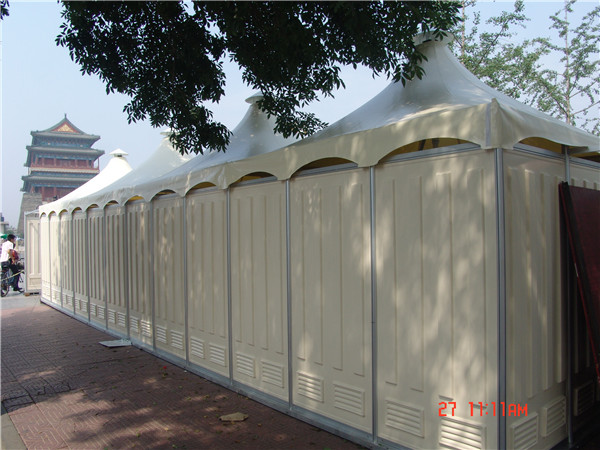Nov . 20, 2024 13:51 Back to list
ppr tube
Understanding PPR Tubes Features, Advantages, and Applications
PPR tubes, or polypropylene Random Copolymer tubes, have gained immense popularity in plumbing and industrial applications. As a modern material, PPR offers several advantages over traditional piping systems, making it a favorite choice among builders, plumbers, and engineers alike. This article delves into the characteristics, benefits, and various uses of PPR tubes, showcasing why they are becoming a go-to option for fluid transportation.
Composition and Characteristics of PPR Tubes
PPR is a type of plastic that is specifically formulated for superior performance in plumbing. The random copolymer structure of polypropylene allows the material to exhibit impressive flexibility, strength, and resistance to impacts. PPR tubes are manufactured through a process that ensures uniform thickness and excellent dimensional stability, which is crucial in maintaining pressure without deformation.
One of the standout characteristics of PPR tubes is their resistance to corrosion and scale buildup. Unlike metal pipes that are prone to rust and chemical reactions, PPR remains inert and does not react with the substances it carries. This makes it a safe option for transporting drinking water, as it does not leach harmful substances.
In addition to these features, PPR tubes are known for their lightweight nature. This makes for easier handling and installation, ultimately reducing labor costs and time on-site. The flexibility of PPR also allows for easier bending and connections, minimizing the need for numerous fittings that can add to potential points of failure.
Advantages of PPR Tubing
There are multiple advantages to using PPR tubes, which contribute to their increasing market share
1. Durability and Longevity PPR tubes are designed to last for decades. They can withstand high temperatures up to 95°C (203°F) and pressures of up to 25 bar, making them suitable for hot and cold water applications.
ppr tube

2. Cost-Effectiveness Considering their longevity and low maintenance requirements, PPR tubes prove to be cost-effective in the long run. Though the initial investment in PPR may be on par with or exceed that of PVC or other materials, the reduced need for repairs and replacements pays off over time.
3. Eco-Friendly Option As an environmentally friendly product, PPR is 100% recyclable. The production process of PPR tubes produces fewer emissions compared to metal pipes, contributing to a lower carbon footprint.
4. Drip-Free and Leak-Free Joints The fusion welding process used to join PPR tubes creates joints that are as strong as the pipe itself. This process eliminates the risk of leaks that can be common with threaded or glued joints, enhancing system integrity.
Applications of PPR Tubes
PPR tubes are used in various applications across residential, commercial, and industrial sectors. Some common uses include
- Hot and Cold Water Supply PPR is widely utilized in systems providing potable water, owing to its resistance to bacteria and chemical corrosion. - Heating Systems Many heating systems, including underfloor heating, incorporate PPR tubes for efficient heat distribution. - Industrial Applications Industries that require the transport of chemicals or fluids at high pressure benefit from the chemical resistance of PPR tubes. - Agricultural Use PPR tubes are often employed in irrigation systems, helping to facilitate efficient water management in agricultural settings.
Conclusion
PPR tubes represent a significant advancement in piping technology, boasting a unique combination of durability, cost-effectiveness, and environmental sustainability. Their versatility allows them to be seamlessly integrated into a wide range of applications, making them an optimal choice for modern plumbing and fluid transportation needs. As the demand for reliable and eco-friendly materials continues to rise, PPR tubes are well-positioned to lead the charge toward more efficient and sustainable building practices. Whether for residential use or industrial applications, PPR tubing stands out as a dependable solution in today’s construction landscape.
-
High-Quality PPR Pipes and Fittings Durable ERA PPR & PVC PPR Solutions
NewsJul.08,2025
-
Black HDPE Cutting Board - Durable, Non-Porous & Food Safe HDPE Plastic Cutting Board
NewsJul.08,2025
-
High-Quality CPVC Panel Durable HDPE & PVC Panels Supplier
NewsJul.08,2025
-
Double PE Welding Rod Supplier - High Strength, Durable & Versatile Welding Solutions
NewsJul.07,2025
-
High-Quality PVC-O Pipe Supplier Durable 75mm PVC Pipe & Connections Leading PVC Pipe Company
NewsJul.07,2025
-
HDPE Drainage Pipe Supplier – Durable & Corrosion-Resistant Solutions
NewsJul.06,2025

